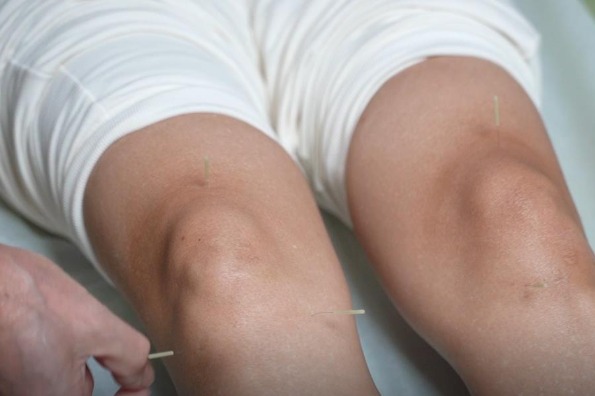History of TCM

In remote antiquity, the ancestors of the Chinese nation chanced to find that some creatures and plants could serve as remedies for certain ailments and pains, and came to gradually master their application. As time went by, people began to actively seek out such remedies and methods for preventing and treating diseases. Sayings like "Shennong (Celestial Farmer) tasting a hundred herbs" and "food and medicine coming from the same source" are characteristic of those years.
The discovery of alcohol in the Xia Dynasty (c. 2070-1600 BC) and the invention of herbal decoction in the Shang Dynasty (1600-1046 BC) rendered medicines more effective.
In the Western Zhou Dynasty (1046-771 BC), doctors began to be classified into four categories — dietician, physician, doctor of decoctions and veterinarian.
During the Spring and Autumn and Warring States Period (770-221 BC), Bian Que drew on the experience of his predecessors and put forward the four diagnostic methods — inspection, auscultation & olfaction, inquiry, and palpation, laying the foundation for TCM diagnosis and treatment.
The Huang Di Nei Jing (Yellow Emperor's Inner Canon) compiled during the Qin and Han times (221 BC-AD 220) offered systematic discourses on human physiology, on pathology, on the symptoms of illness, on preventative treatment, and on the principles and methods of treatment. This book defined the framework of TCM, thus serving as a landmark in TCM's development and symbolizing the transformation from the accumulation of clinical experience to the systematic summation of theories. A theoretical framework for TCM had been in place.
The Shang Han Za Bing Lun (Treatise on Febrile Diseases and Miscellaneous Illnesses) collated by Zhang Zhongjing in the Eastern Han Dynasty (25-220) advanced the principles and methods to treat febrile diseases due to exogenous factors (including pestilences). It expounds on the rules and principles of differentiating the patterns of miscellaneous illnesses caused by internal ailments, including their prevention, pathology, symptoms, therapies, and treatment. It establishes the theory and methodology for syndrome pattern diagnosis and treatment differentiation. The Shen Nong Ben Cao Jing (Shennong's Classic of Materia Medica) — another masterpiece of medical literature appeared during this period — outlines the theory of the compatibility of medicinal ingredients. For example, it holds that a prescription should include at the same time the jun (or sovereign), chen (or minister), zuo (or assistant) and shi (or messenger) ingredient drugs, and should give expression to the harmony of the seven emotions as well as the properties of drugs known as "four natures" and "five flavors." All this provides guidance to the production of TCM prescriptions, safe application of TCM drugs and enhancement of the therapeutic effects, thus laying the foundation for the formation and development of TCM pharmaceutical theory. In the late years of the Eastern Han Dynasty, Hua Tuo (c. 140-208) was recorded to be the first person to use anesthetic (mafeisan) during surgery.
The Zhen Jiu Jia Yi Jing (AB Canon of Acupuncture and Moxibustion) by Huangfu Mi during the Western Jin time (265-316) expounded on the concepts of zangfu (internal organs) and jingluo (meridians and collaterals). This was the point when theory of jingluo and acupuncture & moxibustion began to take shape.
Sun Simiao, a great doctor of the Tang Dynasty (618-907), proposed that mastership of medicine lies in proficient medical skills and lofty medical ethics, which eventually became the embodiment of a moral value of the Chinese nation, a core value that has been conscientiously upheld by the TCM circles.
A herbology and nature masterpiece, the Ben Cao Gang Mu (Compendium of Materia Medica) compiled by Li Shizhen in the Ming Dynasty (1368-1644) was the first book in the world that scientifically categorized medicinal herbs. It was a pioneering work that advanced TCM pharmaceutical theory.
The Wen Re Lun (A Treatise on Epidemic Febrile Diseases) by Ye Tianshi during the Qing Dynasty (1644-1911) developed the principles and methods for prevention and treatment of pestilential febrile diseases. It represents the theory and results of the practice of TCM in preventing and treating such diseases.
Following the spread of Western medicine in China from the mid-Qing Dynasty, especially during the period of the Republic of China (1912-1949), some TCM experts began to explore ways to absorb the essence of Western medicine for a combination of TCM with Western medicine.




